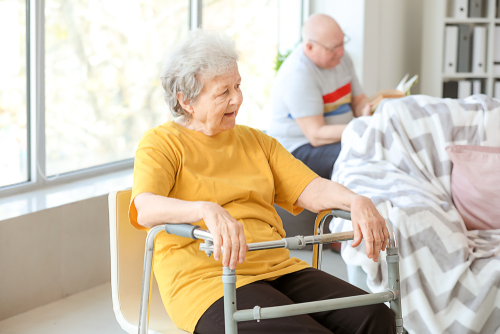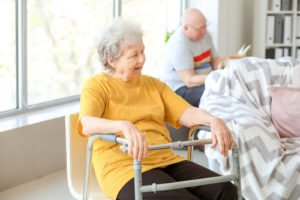Exploring Alternative Therapies In Convalescent Care: From Art To Music Therapy
- Home
- CARE CENTER
- Exploring Alternative Therapies In Convalescent Care: From Art To Music Therapy

Exploring Alternative Therapies In Convalescent Care: From Art To Music Therapy
14 May, 2024
Assisted Living Facility
Convalescent care facilities play a vital role in supporting individuals on their journey to recovery from illness, injury, or surgery. While traditional medical interventions are essential, alternative therapies offer additional avenues for healing and well-being. From art therapy to music therapy, these alternative approaches can complement conventional treatments and enhance the overall quality of care provided in convalescent settings. In this article, we’ll explore the benefits of alternative therapies and how they are being integrated into convalescent care facilities to support patients’ recovery and well-being.
Understanding Alternative Therapies
Alternative therapies encompass a diverse range of healing modalities that fall outside the scope of conventional medicine. These therapies focus on promoting holistic well-being by addressing the physical, emotional, and spiritual aspects of health. Alternative therapies are often used alongside traditional medical treatments to enhance their effectiveness and improve patients’ overall quality of life.
Benefits of Alternative Therapies in Convalescent Care
Alternative therapies offer several benefits for individuals receiving convalescent care:
- Promotion of Relaxation and Stress Reduction: Alternative therapies such as massage therapy, acupuncture, and aromatherapy can help promote relaxation, reduce stress, and alleviate anxiety and tension, which are common challenges faced by individuals in convalescent care.
- Pain Management: Alternative therapies such as acupuncture, chiropractic care, and mindfulness-based stress reduction techniques have been shown to be effective in managing pain and discomfort associated with various medical conditions and treatments.
- Enhanced Emotional Well-being: Alternative therapies such as art therapy, music therapy, and dance/movement therapy provide creative outlets for self-expression, emotional processing, and stress relief, which can contribute to improved mood and emotional well-being.
- Improved Physical Functioning: Alternative therapies such as physical therapy, occupational therapy, and hydrotherapy focus on improving mobility, strength, and functional abilities, helping individuals regain independence and quality of life during the recovery process.
- Social Engagement and Connection: Alternative therapies that involve group activities, such as art therapy, music therapy, and group exercise classes, provide opportunities for socialization, peer support, and connection with others, which are essential for overall well-being.
Exploring Alternative Therapies in Convalescent Care
Several alternative therapies are being integrated into convalescent care facilities to support patients’ recovery and well-being:
- Art Therapy: Art therapy involves using creative techniques such as drawing, painting, and sculpting to express thoughts, emotions, and experiences. In convalescent care settings, art therapy can help patients cope with stress, improve mood, and enhance self-esteem and self-expression.
- Music Therapy: Music therapy utilizes music-based interventions such as listening to music, playing instruments, and singing to address physical, emotional, cognitive, and social needs. In convalescent care settings, music therapy can promote relaxation, reduce pain and anxiety, improve mood, and enhance communication and socialization.
- Dance/Movement Therapy: Dance/movement therapy involves using movement-based interventions such as dance, yoga, and tai chi to promote physical, emotional, and spiritual well-being. In convalescent care settings, dance/movement therapy can improve mobility, flexibility, and balance, reduce stress, and enhance body awareness and self-expression.
- Pet Therapy: Pet therapy, also known as animal-assisted therapy, involves interactions with trained animals such as dogs, cats, and horses to promote physical, emotional, and social well-being. In convalescent care settings, pet therapy can reduce stress, improve mood, increase socialization, and provide companionship and comfort to patients.
- Nature Therapy: Nature therapy, or ecotherapy, involves connecting with nature through activities such as gardening, hiking, and outdoor recreation to promote healing and well-being. In convalescent care settings, nature therapy can reduce stress, improve mood, increase physical activity, and enhance overall quality of life.
Alternative therapies offer valuable resources for promoting healing, well-being, and quality of life in convalescent care settings. From art therapy to music therapy, these alternative approaches provide creative outlets for self-expression, relaxation, and emotional processing, complementing traditional medical treatments and enhancing the overall quality of care provided to patients. By incorporating alternative therapies into convalescent care facilities, healthcare providers can offer holistic and person-centered care that addresses the diverse needs and preferences of individuals on their journey to recovery.
Leave a Comment